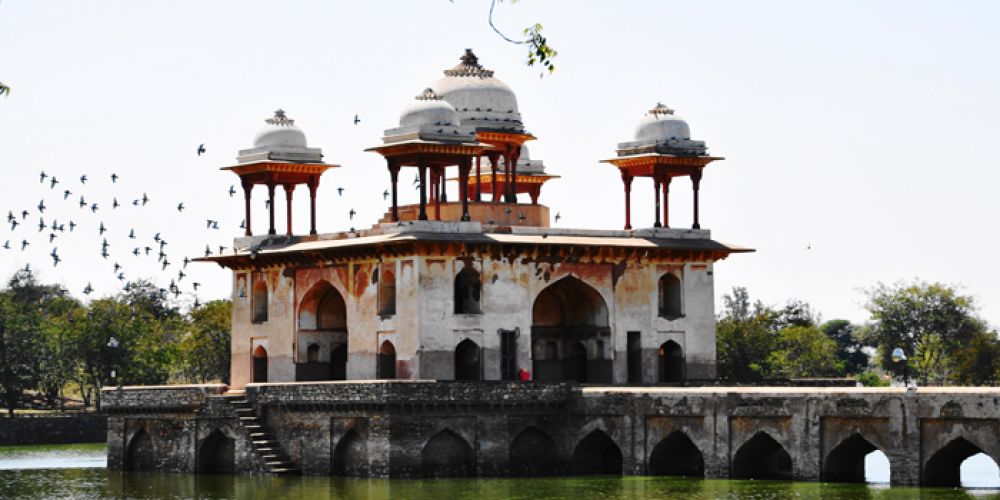

Panipat, a city steeped in the annals of Indian history, is known for the pivotal battles that shaped the subcontinent. Over the years, it has attracted history buffs, academics, and casual tourists alike, intrigued by the tales of valour and strategic warfare that took place on its soil.
The city's fame, predominantly from the three decisive battles in Indian history (1526, 1556, and 1761), has been a cornerstone in developing its tourism industry. Each of these battles not only confirmed Panipat's place in history books but also sparked initial waves of tourism as early as the British colonial times, where officers and scholars visited to study battlefield tactics and the consequences these had on India's socio-political landscape.
This battle marked the beginning of Mughal rule in India, with Babur establishing his empire after defeating the Sultan of Delhi, Ibrahim Lodi. It has intrigued historians and laid the foundation for tours focused on the extensive Mughal history in India.
A turning point in Mughal history, the second battle saw the resurgence of Mughal power as Akbar successfully reclaimed the kingdom established by his predecessor, Babur. The battlefield's importance grew, enhancing Panipat's prominence as a site of historical significance.
A clash that symbolized the end of an era and shook the foundations of the Mughal Empire in India, as the Maratha forces were defeated by the Afghan ruler Ahmad Shah Abdali. This battle underscored the changing dynamics of power and drew attention to Panipat's strategic importance, further cementing its role in heritage tourism.
Despite its rich history, Panipat has often been overlooked as a major tourist destination. Nevertheless, the local government and history enthusiasts have worked to preserve and highlight its historical landmarks, leading to a gradual increase in tourism activities. Local museums, such as the Panipat Museum, aim to educate visitors about the significant events that took place in the region through various exhibits and collections.
Also famous for its textile industry, Panipat offers a unique combination of historical and commercial tourism. Recent trends see travelers taking an interest in the cultural and industrial aspects of the city, visiting the numerous handloom factories and shopping for local handicrafts.
Today, efforts are ongoing to further boost tourism in Panipat. Historical sites are being preserved and infrastructure is developed to improve tourist facilities. The latest trend includes the promotion of eco-friendly and sustainable tourism practices, encouraging tourists to leave a minimal environmental footprint while enjoying the depth of Panipat's historical experiences.
Remarkable tourist spots like the Devi Temple, Panipat War Memorial, and the Kabuli Bagh Mosque continue to draw visitors, proving that Panipat's tourism roots run deep and that the city's historical heritage still resonates with tourists today.